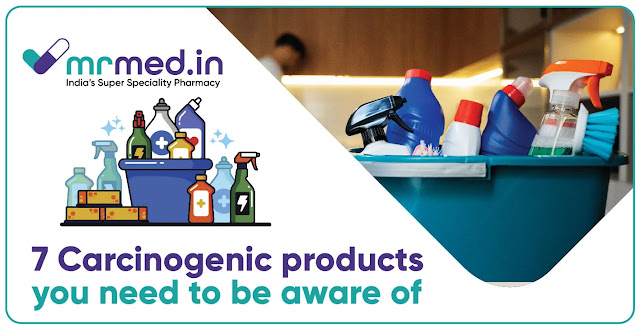Say Goodbye to Heartburn

Treatment Strategies for Esophagitis, GERD, and Peptic Ulcer Maintaining digestive health is absolutely important for overall well-being, yet many people struggle with conditions like oesophagitis, GERD (Gastroesophageal Reflux Disease), and peptic ulcers. If you've ever felt a burning sensation in your chest or an uncomfortable ache in your stomach, you're not alone. These symptoms can be distressing, but with the right strategies, they can be managed effectively. Let’s explore how to tackle these common digestive issues and find relief. What is oesophagitis, and how is it treated? Oesophagitis is inflammation of the oesophagus. This condition often leads to discomfort and painful swallowing. Several factors, including infections, irritants, or acid reflux, can cause inflammation. The treatment for oesophagitis often involves medications that reduce inflammation and protect the oesophagus. In some cases, your doctor might prescribe oesophagitis medication to help heal the in...



